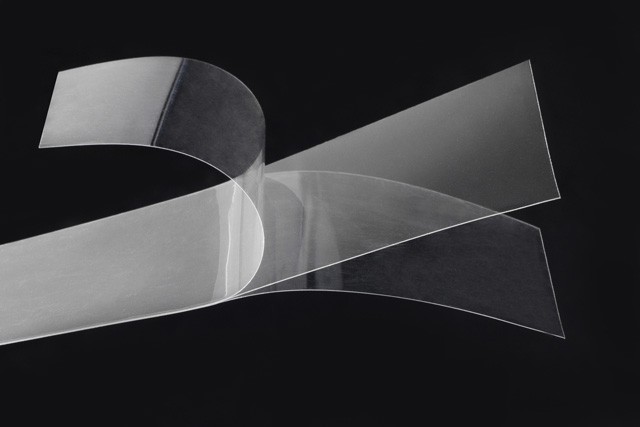Versatility in Film Deposition
Deposition of Various Films
The versatility of chemical vapor deposition (CVD) allows for the deposition of a wide array of films, including both metallic and non-metallic films, as well as multi-component alloy films tailored to specific requirements. By precisely regulating the flow of various gas raw materials, the composition of the deposited films can be controlled with high precision, enabling the creation of gradient films, multi-layer single-crystal films, and complex multi-layer structures. This control over composition, film thickness, and interface matching facilitates the micro-assembly of advanced multi-layer film systems.
Moreover, CVD excels in preparing high-quality crystals that are challenging to obtain through other methods. For instance, films such as Gallium Nitride (GaN) and Boron Phosphide (BP) can be synthesized with exceptional purity and crystallinity. These materials are crucial for applications in electronics, optoelectronics, and advanced semiconductor devices, where their unique properties contribute to enhanced performance and functionality.
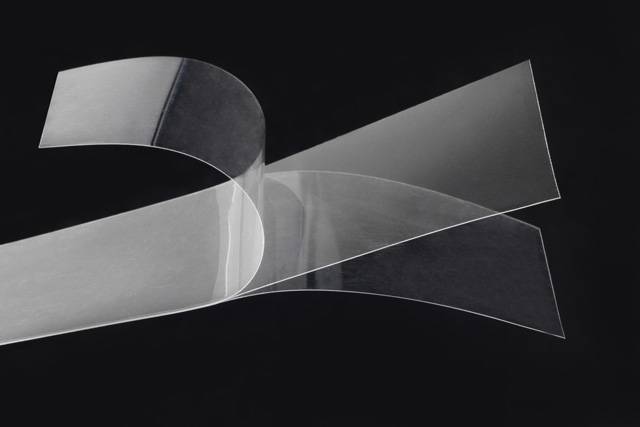
| Film Type | Applications |
|---|---|
| Metallic Films | Conductors, Integrated Circuits, Piezoelectric Drives |
| Non-Metallic Films | Insulators, Semiconductor Devices |
| Multi-Component Alloys | Advanced Semiconductor Devices, Optoelectronics |
The ability to deposit such a diverse range of films underscores the broad applicability of CVD in both research and industrial settings, making it a cornerstone technology in the development of next-generation materials and devices.
Efficiency in Film Formation
Fast Film Formation Speed
The speed at which films are formed through chemical vapor deposition (CVD) is notably rapid, often measured in microns per minute. This rate can range from a few microns to several hundred microns per minute, making it one of the fastest methods for film deposition. This efficiency allows for the simultaneous deposition of a large number of coatings with uniform composition, a capability unmatched by other film preparation techniques such as liquid phase epitaxy (LPE) and molecular beam epitaxy (MBE).
| Aspect | CVD | LPE | MBE |
|---|---|---|---|
| Deposition Speed | Several microns to hundreds/min | Slower | Slower |
| Uniform Composition | High | Variable | Variable |
| Complexity of Coating | Can coat complex shapes | Limited | Limited |
The high deposition speed of CVD is particularly advantageous for industries requiring rapid and large-scale production of coatings. This method not only ensures a quick turnaround but also maintains high standards of uniformity and quality, making it a preferred choice for applications where speed and consistency are critical.
Operational Conditions and Coating Quality
Uniform Coating Under Various Conditions
Under atmospheric pressure or low vacuum conditions, chemical vapor deposition (CVD) excels in its ability to uniformly coat complex-shaped workpieces. This method ensures that the coating adheres well around projections, providing a consistent finish that is superior to Physical Vapor Deposition (PVD). The versatility of CVD in handling various geometries is attributed to its ability to maintain uniform gas flow and reaction rates, regardless of the workpiece's shape.
In contrast to PVD, which may struggle with non-uniformity due to its reliance on vapor phase transport, CVD leverages chemical reactions to deposit the coating material. This results in a more controlled and uniform deposition process. The adaptability of CVD to different shapes and sizes of workpieces makes it an ideal choice for industries requiring precise and consistent coatings, such as automotive, aerospace, and semiconductor manufacturing.
Moreover, the low-pressure environment in CVD processes helps to minimize the formation of defects and impurities, further enhancing the quality and uniformity of the coating. This is particularly advantageous for applications where high precision and reliability are critical, such as in the production of microelectronic devices and advanced materials.
Adhesion Strength
The process of Chemical Vapor Deposition (CVD) is characterized by the mutual diffusion of reaction gases, reaction products, and the substrate, which plays a crucial role in achieving superior adhesion strength. This diffusion mechanism ensures that the deposited film not only adheres well to the substrate but also forms a robust interface, essential for creating wear-resistant and corrosion-resistant surface-strengthened films.
The adhesion strength achieved through CVD is a result of several interrelated factors:
-
Interdiffusion at the Interface: The interaction between the reaction gases and the substrate leads to the formation of a diffused layer at the interface. This layer acts as a bonding agent, enhancing the mechanical and chemical connection between the film and the substrate.
-
Chemical Reactions: The chemical reactions that occur during the deposition process can create compounds that are thermodynamically stable and strongly bonded to both the substrate and the film. These compounds contribute to the overall adhesion strength.
-
Thermal Stabilization: The high temperatures involved in CVD promote the formation of strong covalent bonds, which are more resistant to mechanical stress and environmental factors compared to weaker bonds formed at lower temperatures.
-
Microstructural Integrity: The diffusion process ensures that the microstructure of the film is continuous and free from defects, which can weaken the adhesion. A uniform and defect-free microstructure is critical for maintaining high adhesion strength.
The significance of good adhesion strength cannot be overstated, particularly in applications where the film must endure harsh conditions. For instance, in the manufacturing of cutting tools, a strong adhesion between the coating and the tool substrate ensures that the coating remains intact even under high mechanical stress and thermal cycling. Similarly, in corrosion-resistant coatings, good adhesion prevents the film from peeling off, thereby protecting the underlying material from chemical attack.
In summary, the adhesion strength achieved through CVD is a multifaceted outcome of chemical interactions, thermal processes, and microstructural formation, making it indispensable for the production of high-performance surface-strengthened films.
Quality of Deposited Films
High Purity and Crystallinity
In chemical vapor deposition (CVD), the growth temperature of certain films is significantly lower than the melting point of the film material. Under these low-temperature growth conditions, the reaction gases and the impurities present on the reactor walls exhibit minimal reactivity. This characteristic allows for the deposition of films with exceptionally high purity and excellent crystallinity.
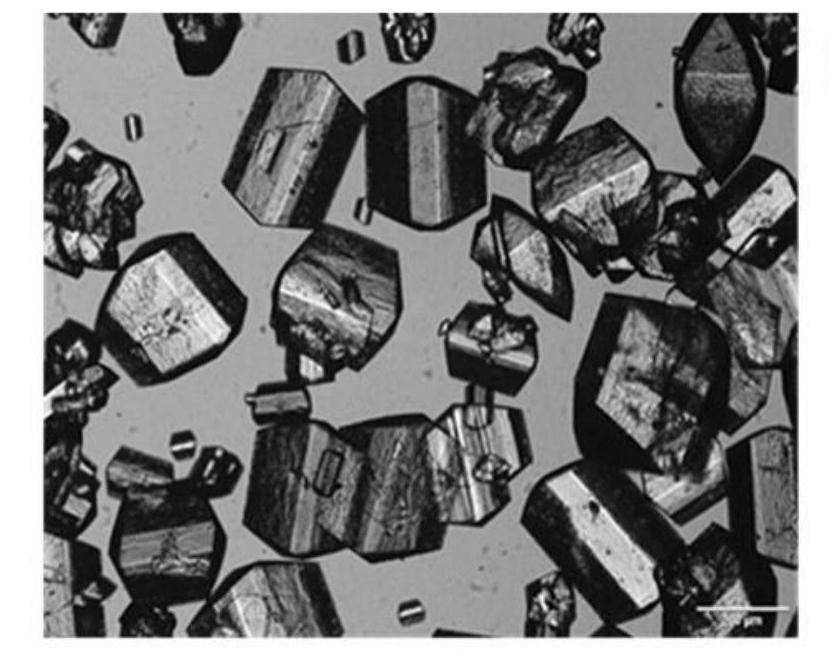
The low-temperature regime is crucial in maintaining the integrity of the film's structure. By minimizing interactions between the reaction gases and extraneous materials, the process ensures that the resulting film is not only free from contaminants but also possesses a well-ordered crystalline lattice. This high degree of crystallinity is essential for the mechanical and electrical properties of the film, making it suitable for applications requiring precise and stable material characteristics.
Moreover, the ability to achieve such high purity and crystallinity at lower temperatures broadens the range of materials that can be effectively deposited using CVD. This versatility is particularly advantageous in industries where material integrity and performance are paramount, such as in the semiconductor and aerospace sectors.
Smooth Deposition Surface
Chemical vapor deposition (CVD) excels in producing smooth deposition surfaces, a feature that sets it apart from other deposition techniques like Liquid Phase Epitaxy (LPE). The smoothness achieved through CVD is attributed to several key factors that contribute to a uniform and controlled growth process.
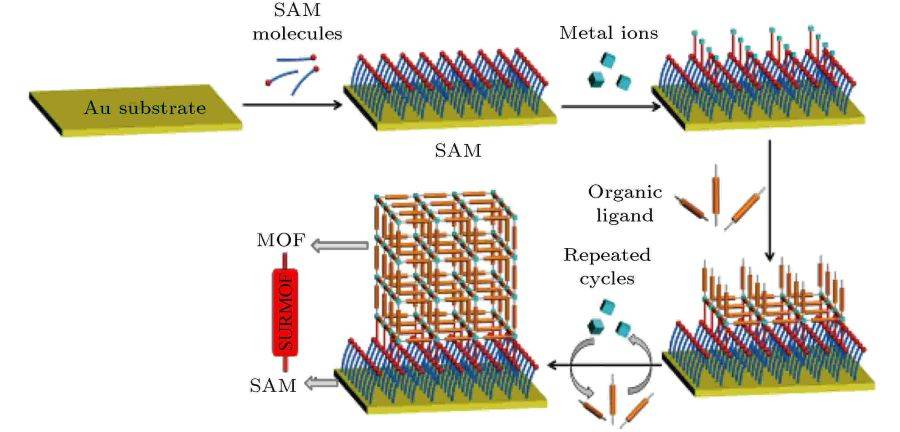
Firstly, CVD operates under conditions of high saturation and high nucleation rates. This means that the precursor gases are highly concentrated, leading to a high density of nucleation sites. These sites are evenly distributed across the entire deposition plane, resulting in a macroscopically smooth surface. The uniformity of nucleation sites ensures that the growth of the film is consistent, minimizing surface irregularities.
Additionally, the average free path of molecules (atoms) in CVD is significantly larger than that in LPE. This extended free path allows for a more uniform spatial distribution of molecules, which is crucial for maintaining a smooth deposition surface. The larger free path reduces the likelihood of molecular collisions, thereby minimizing the formation of rough or uneven surfaces.
| Parameter | CVD | LPE |
|---|---|---|
| Nucleation Rate | High | Lower |
| Nucleation Density | High | Lower |
| Molecular Free Path | Larger | Smaller |
| Surface Uniformity | High | Lower |
The combination of high nucleation rates, high nucleation density, and a larger molecular free path in CVD collectively contribute to the formation of a smooth deposition surface. This smoothness is not only advantageous for aesthetic purposes but also critical for the performance of functional coatings, such as those required in microelectronics and optics.
In summary, the unique operational parameters of CVD, including high saturation, high nucleation rates, and a larger molecular free path, enable it to produce exceptionally smooth deposition surfaces. This capability is a significant advantage over other deposition methods, enhancing the quality and performance of the deposited films.
Applications and Limitations
Low Radiation Damage
Low radiation damage is a critical attribute in the fabrication of advanced electronic devices, particularly metal oxide semiconductors (MOS). This characteristic ensures that the structural integrity and performance of these devices remain uncompromised under operational conditions. The minimal radiation damage achieved through chemical vapor deposition (CVD) processes allows for the creation of high-quality semiconductor films that are essential for the functionality and reliability of MOS devices.
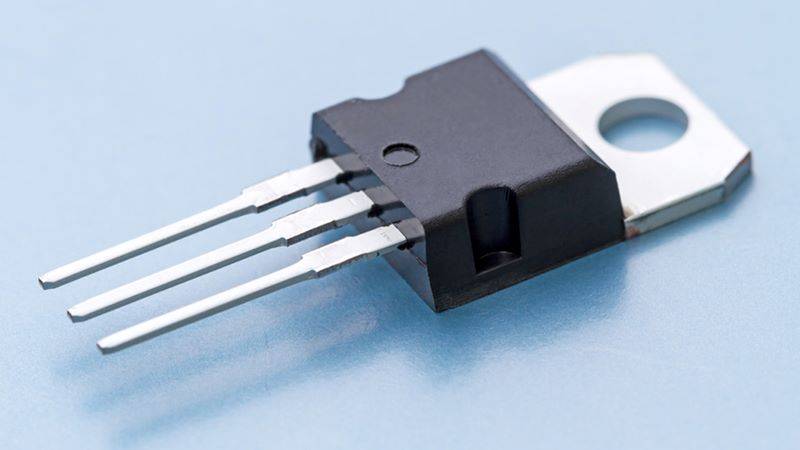
In the context of MOS fabrication, the low radiation damage property is achieved by carefully controlling the deposition parameters, such as temperature, pressure, and the composition of the reactant gases. These parameters are meticulously adjusted to minimize the formation of defects and impurities within the film, which can lead to radiation damage. The result is a semiconductor film with high purity and crystallinity, attributes that are crucial for the efficient operation of MOS devices.
Moreover, the low radiation damage feature is not only beneficial for MOS devices but also extends to other semiconductor applications. For instance, it enables the production of high-performance photovoltaic cells, LEDs, and other optoelectronic devices. The ability to create films with minimal radiation damage ensures that these devices can operate efficiently over extended periods, reducing the likelihood of performance degradation due to radiation-induced defects.
In summary, the low radiation damage property of films deposited via chemical vapor deposition is a vital factor in the fabrication of various semiconductor devices. It underscores the importance of precise control over deposition parameters to achieve high-quality films that meet the stringent requirements of modern electronic applications.
High Temperature Limitations
While chemical vapor deposition (CVD) offers numerous benefits, it is not without its drawbacks, primarily centered around the high reaction temperatures required. Typically, CVD processes operate at temperatures around 1000°C, which can exceed the melting points of certain substrate materials. This stringent temperature requirement significantly limits the choice of suitable substrates, restricting the application of CVD in various contexts.
For instance, even high-temperature resistant materials like titanium nitride (TiN) are not immune to the adverse effects of such elevated temperatures. Prolonged exposure to these high temperatures can lead to the formation of coarse grains and the generation of brittle phases within the material. These structural changes can degrade the overall performance and integrity of the substrate, compromising its mechanical properties.
Moreover, the high temperatures involved in CVD processes accelerate the diffusion of elements within the material matrix. For example, in the case of carbide tools coated with titanium carbide (TiC) via CVD, carbon from the matrix can diffuse outwards. When excessive diffusion occurs, it results in the formation of a decarburization layer. This layer is characterized by reduced toughness and flexural strength, significantly impacting the tool's durability and service life.
To mitigate these challenges, strict control over deposition temperature, processing time, and the addition of elements is essential during CVD operations. By carefully managing these parameters, it is possible to minimize the adverse effects of high temperatures and optimize the performance of the deposited films.
Related Products
- Custom CVD Diamond Coating for Lab Applications
- Inclined Rotary Plasma Enhanced Chemical Vapor Deposition PECVD Equipment Tube Furnace Machine
- HFCVD Machine System Equipment for Drawing Die Nano-Diamond Coating
- Laboratory CVD Boron Doped Diamond Materials
- CVD Diamond Cutting Tool Blanks for Precision Machining
Related Articles
- Advantages and Disadvantages of Chemical Vapor Deposition (CVD)
- Chemical Vapor Deposition (CVD) of Graphene Challenges and Solutions
- The Process of Fabricating a CVD Diamond By MPCVD Machine
- Mastering Handheld Coating Thickness Gauges: A Comprehensive Guide for Industrial and Automotive Applications
- An Introduction to Chemical Vapor Deposition (CVD)
